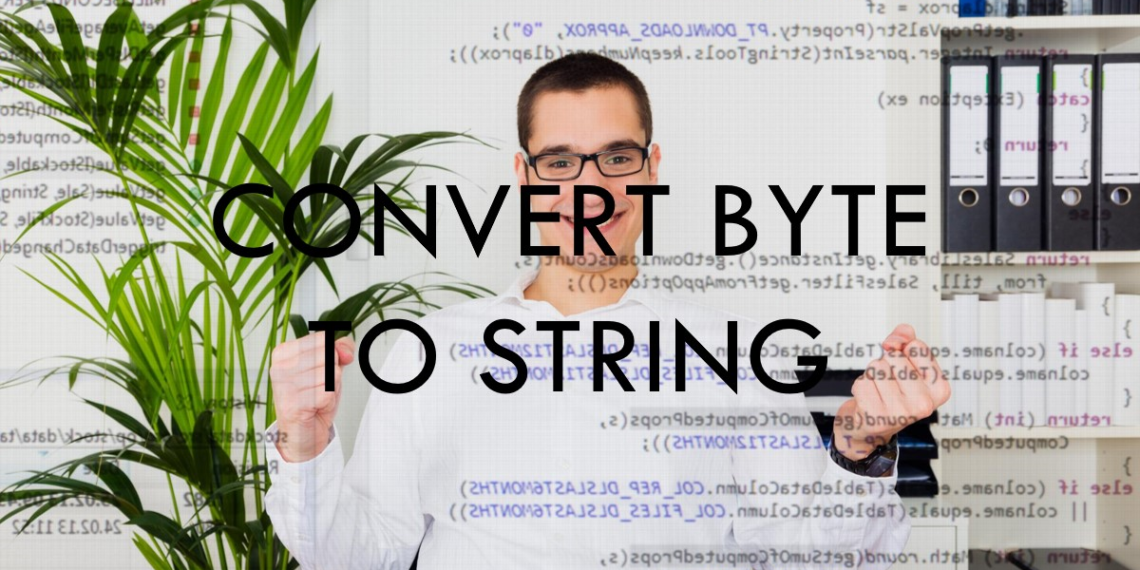As a GoLang developer with years of experience under my belt, I’ve encountered countless scenarios where manipulating bytes and strings is crucial.
One fundamental task that pops up frequently is converting between these data types.
In this blog post, I’ll delve into the world of byte-to-string conversion in GoLang, equipping you with the knowledge and best practices to tackle this conversion with confidence.
Understanding the Bytes vs. Strings
Before we dive into the conversion techniques, let’s solidify our understanding of bytes and strings in GoLang.
Bytes
These are the fundamental building blocks, representing raw 8-bit unsigned integers.
They excel at storing binary data or individual characters.
Strings
These are sequences of characters, forming human-readable text.
Internally, GoLang strings are represented by a collection of bytes, typically encoded in UTF-8 format.
The string() Function
The primary weapon in our byte-to-string conversion arsenal is the built-in string() function.
It takes a slice of bytes ([]byte) as input and returns a corresponding string representation.
Here’s how it works in action:
byteArray := []byte{67, 101, 108, 108, 111}
convertedString := string(byteArray)
fmt.Println(convertedString) // Output: HelloIn this example, the byteArray holds the ASCII codes for the characters “Hello“.
The string() function interprets these codes and constructs the corresponding string.
Important Considerations
Character Encoding
Remember, GoLang strings default to UTF-8 encoding.
If you’re dealing with bytes encoded differently, you might need to use appropriate decoding functions before applying string().
Memory Allocation
The string() function creates a new string instance from the byte slice.
This involves memory allocation, so be mindful of performance implications when working with large datasets.
Beyond string(): Exploring Alternative Approaches
While string() is the workhorse for byte-to-string conversion, there are a few niche scenarios where alternative methods might be beneficial:
fmt.Sprintf("%s", byteArray): This approach leverages thefmtpackage’sSprintffunction to format a string from the byte slice. It offers more flexibility for string formatting alongside conversion.
Frequently Asked Questions (FAQs)
Can I convert a single byte to a string?
Technically, yes. However, a single byte usually represents a character code. Using string() on a single byte will result in a string containing just that character.
How do I convert a string to a byte array in GoLang?
The conversion from string to byte array is straightforward. You can use the built-in []byte(yourString) syntax. This creates a byte slice containing the UTF-8 encoded representation of the string.
What are some potential pitfalls to avoid during byte-to-string conversion?
Incorrect encoding: Ensure your byte data aligns with the expected encoding (usually UTF-8) before conversion.
Memory overhead: Be aware of the memory allocation involved in string() for large datasets. Consider alternative approaches if performance is critical.
The Final Word
By mastering the art of byte-to-string conversion in GoLang, you unlock a powerful tool for manipulating text data and working with raw bytes.
Remember to choose the appropriate method based on your specific needs and encoding considerations.
With the knowledge and best practices outlined in this post, you’re well-equipped to tackle any byte-to-string conversion challenge in your GoLang adventures!






